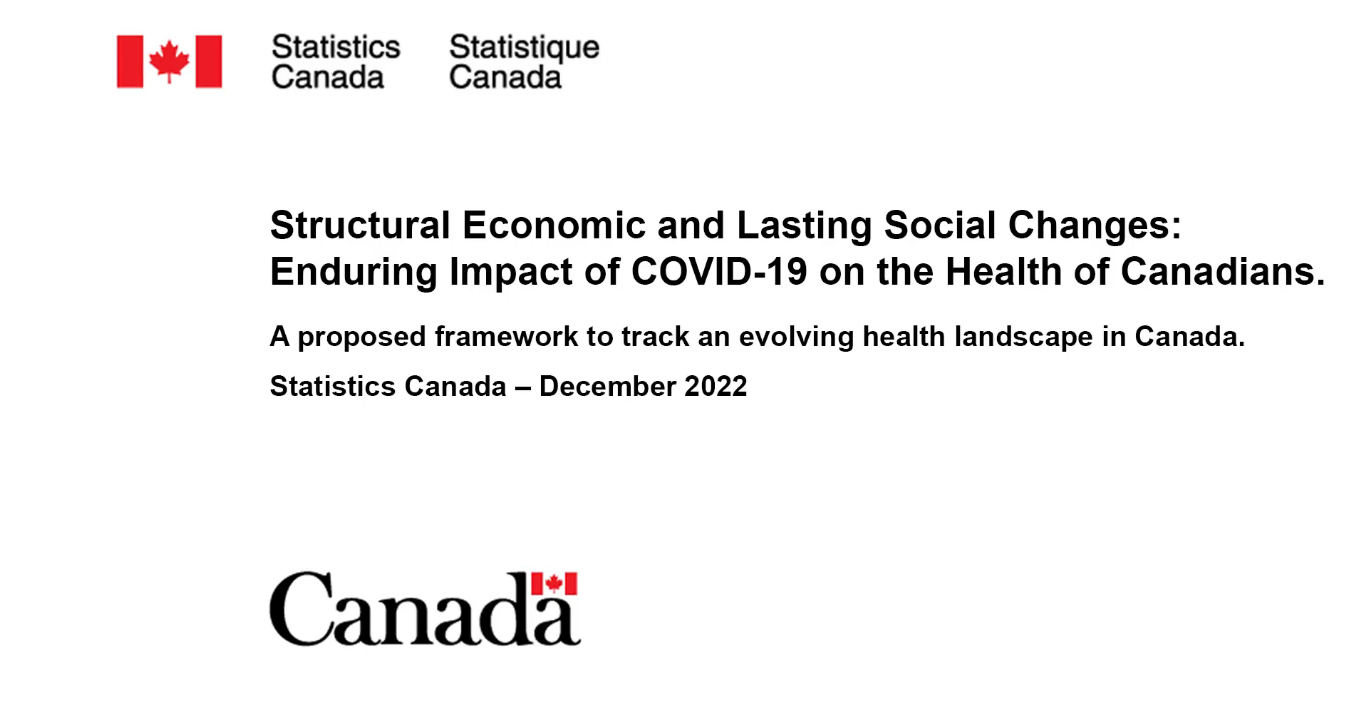Planning for retirement involves understanding the various sources of income available to you, including government benefits. In Canada, the Canada Pension Plan (CPP), Old Age Security (OAS), and Guaranteed Income Supplement (GIS) are crucial components of the retirement income system. This article aims to provide you with an overview of CPP, OAS, and GIS and help you understand how much you can expect to receive for your retirement.
- Canada Pension Plan (CPP): The CPP is a mandatory, earnings-related public pension plan that provides income to individuals who have worked and contributed to the plan during their working years. The amount you receive from CPP is determined by your contributions and the number of years you have contributed. To be eligible for CPP, you must have made at least one valid contribution and reached the age of 60 or have a disability.
Calculating CPP Benefits: The CPP retirement pension is based on the average earnings throughout your contributory period (generally age 18 to 65). The amount is calculated using the Year’s Maximum Pensionable Earnings (YMPE), which is the income limit on which you contribute to CPP each year. As of 2023, the YMPE is $61,600. The maximum CPP retirement pension at age 65 is 33.33% of the YMPE. However, if you take CPP before or after age 65, your benefits may be adjusted.
- Old Age Security (OAS): OAS is a monthly, taxable pension available to most Canadians aged 65 and older who meet specific residence requirements. The OAS program is funded through general tax revenues, and the amount you receive is not based on your employment history or contributions.
Calculating OAS Benefits: As of 2023, the maximum monthly OAS payment is $626.49. However, the actual amount you receive may be affected by factors such as your income level and the number of years you have lived in Canada after the age of 18. If your income exceeds a certain threshold, known as the OAS recovery tax threshold, you may be subject to an OAS recovery tax.
- Guaranteed Income Supplement (GIS): GIS is a non-taxable benefit that provides additional income support to low-income OAS recipients. It is designed to ensure a minimum income level for eligible seniors living in Canada.
Eligibility and Benefits Calculation: To be eligible for GIS, you must be receiving the OAS pension, have a low income, and be a resident of Canada. The GIS amount varies depending on your marital status, income, and living arrangements. The benefit is recalculated quarterly based on your income information provided to the government.
Combining CPP, OAS, and GIS: Retirees can receive income from CPP, OAS, and GIS simultaneously. However, the exact amount will vary depending on individual circumstances. It’s important to note that CPP and OAS benefits are taxable, while GIS benefits are not.
Conclusion: Planning for retirement requires a thorough understanding of the government benefits available to you. CPP, OAS, and GIS play significant roles in providing income security during retirement in Canada. While the amounts you receive from these programs will depend on several factors, including your contributions, income level, and years of residency, it’s essential to be aware of the potential benefits to effectively plan for your retirement. Consulting with a financial advisor or utilizing online calculators provided by the Canadian government can help you estimate your retirement income accurately.








I,m on cppd and oas at 65 does it automatically change to cpp and oas
You can start collecting CPP at 60 and OAS at 65, and you can delay collecting them both until you’re 70 (there is no benefit to delaying any longer than this).
but does it automatically change to cpp and oas